The year was 1998, and Porsche was picking up the laurels at Le Mans with the 911 GT1-98. It would be the brand's 16th victory in the legendary race, despite the 911 GT1's lack of competitiveness against competitors such as the dominant Mercedes CLK-LM or the Toyota GT-One. It was their misfortune that allowed Porsche to win, so a new car was needed.
With the extinction of the GT1, only the LMP900 (Le Mans Prototypes) category met the necessary conditions to aim for absolute victory in 1999. Behind the new prototype for Le Mans, which receives the internal code 9R3, are names like Norman Singer and Wiet Huidekoper.
Norman Singer is synonymous with Porsche's success in competition. An automotive engineer, his career in the brand's competition department spans four decades. He is the one behind almost every Porsche winner at Le Mans in the last century.
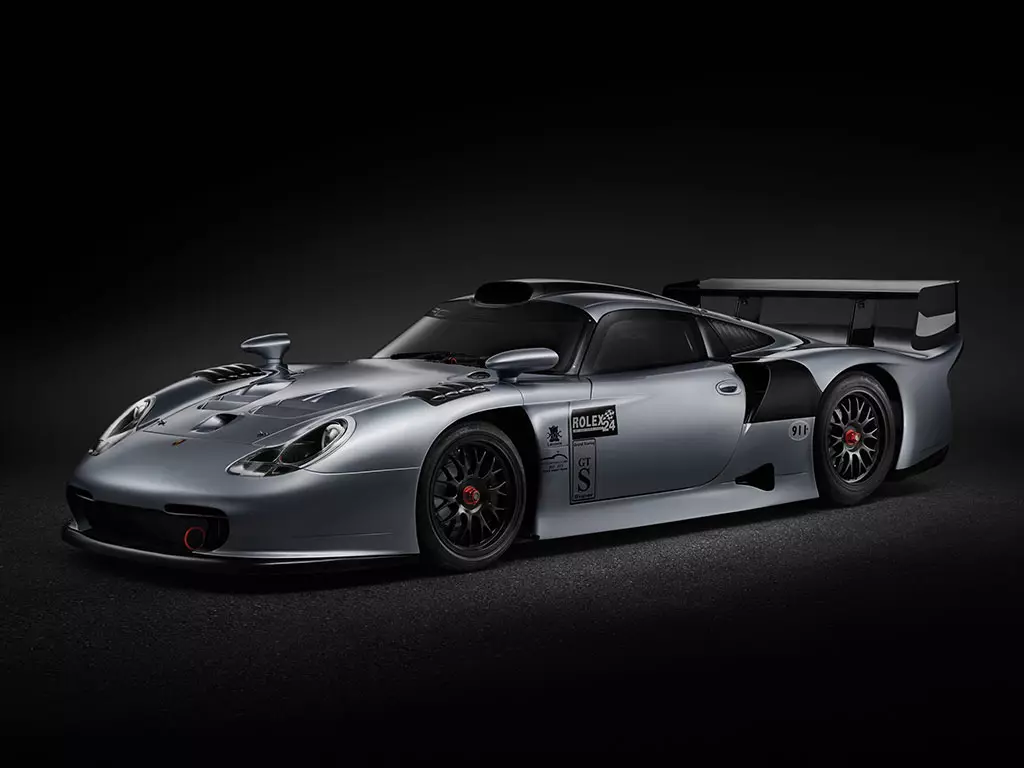
Wiet Huidekoper is a Dutch racing car designer who has cars like the Lola T92/10 or the Dallara-Chrysler LMP1 on his resume. This designer captured Singer's attention at the 1993 unveiling of his road conversion of the Porsche 962 at the request of Dauer Racing.
The Dauer 962, duly homologated for the road and taking advantage of gaps in the fresh GT regulation, is, at Singer's request, reconverted to circuit with the collaboration of Huidekoper, and comes out victorious at Le Mans in 1994.
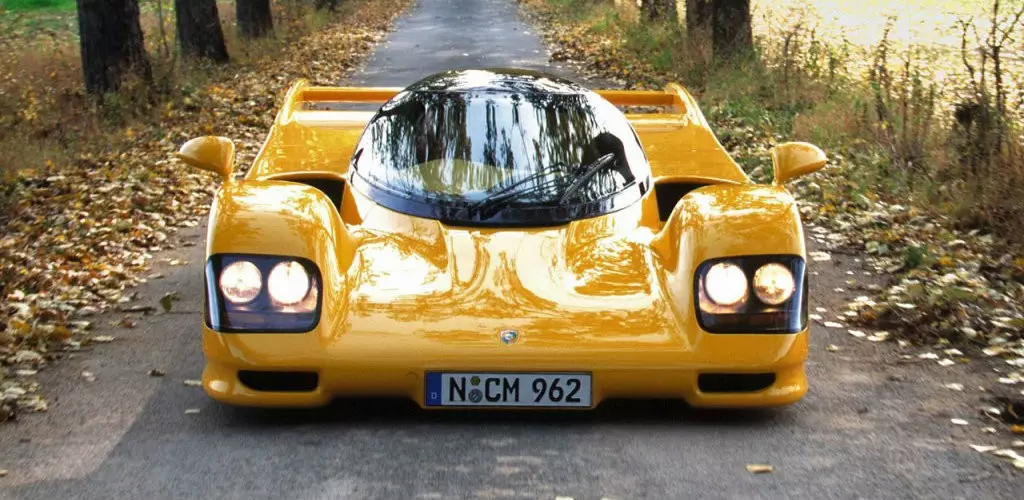
The collaboration between Singer and Huidekoper intensified in the following years, participating in the development of the Porsche 911 GT1, which would debut in 1996. With each evolution of the 911 GT1, Huidekoper's responsibilities also increased, culminating in the development of the 911 GT1- 98 that won the 24 Hours of Le Mans, as mentioned, in 1998.
Subscribe to our newsletter
For the development of the new prototype for Le Mans, successor to the 911 GT1, the choice naturally falls on Huidekoper. The only constraint required of it would be the maintenance of the 3.2 l twin-turbo boxer six-cylinder of the 911 GT1, a requirement that would generate heated internal debate after the completion of the 9R3 — the open cockpit prototype is completed in November 1998. Huidekoper recalls :
If the look killed it would no longer be here, when I mentioned that the traditional six-cylinder engine Boxer Porsche was the weakest point in the entire design.
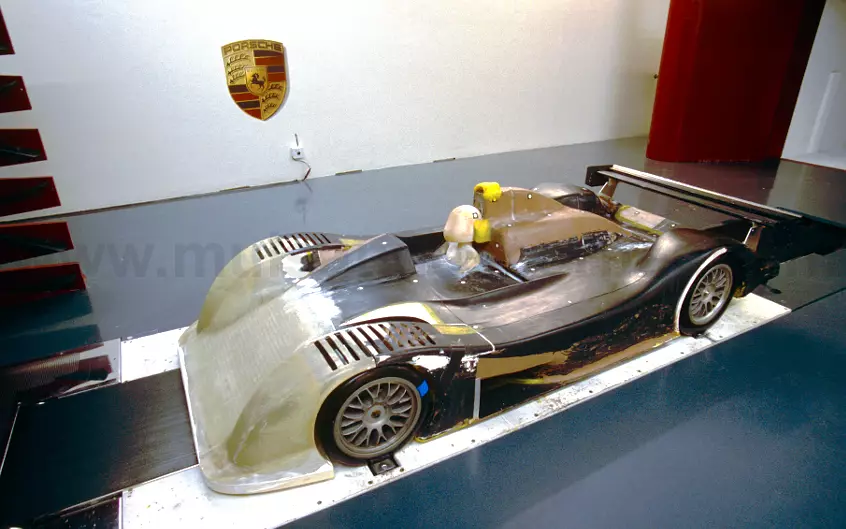
The six-cylinder boxer no longer had advantages. Regulations penalized overcharged engines more. Atmospheric V8s from some competitors were also lighter—approximately 160 kg against the Boxer's 230 kg—and could be used as structural elements of the car.
The competition — BMW, Toyota, Mercedes-Benz and Nissan — also evolved as it entered its second year of development of their machines. Porsche could not come up with a car that, on paper, was already losing to competitors. A few days after this discussion the 9R3 program would be canceled — it felt like the end of 9R3, but the story wouldn't end here…
the secret engine
In March 1999, Huidekoper was called back to Porsche. To his surprise, he is presented with a 3.5 l V10 originally designed for Formula 1 — it was another 'secret of the gods' project, intended to replace the troubled V12 that Porsche supplied to Footwork Arrows in 1991.
The V12 was such a disaster that Footwork canceled the supply contract with Porsche at the time, returning to the previously used Ford Cosworth DFR V8s. Result? Porsche is left with a new V10 in its hands, unfinished. Porsche being Porsche, allowed the engineering and design team to complete the development of the new V10 engine, as a kind of practical exercise. Having nowhere to apply the engine, Porsche simply forgot about this V10 for the next seven years.
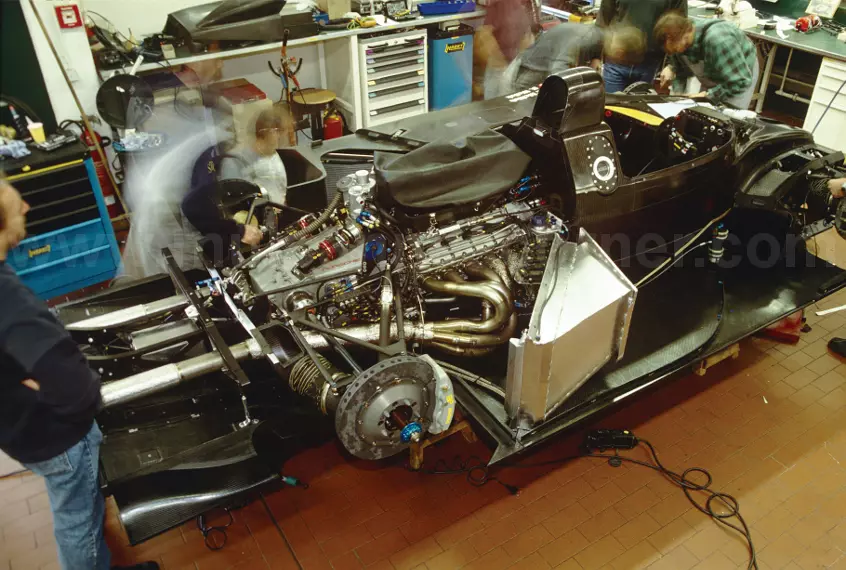
Huidekoper liked what he saw. The V10 was a compact and light engine, with an estimated power between 700 and 800 hp, and pneumatic actuation of the valves. An excellent starting point for a new LMP, resurrecting the 9R3. The existing prototype was recovered, altered to receive the new engine and evolved in several aspects.
The engine is also subject to changes to better face the rigors of endurance tests. Its capacity is increased for two possible configurations, 5.0 and 5.5 l. The regulations implied inlet restrictors, reducing the maximum possible rotation ceiling, so the pneumatic actuation system of the valves was discarded. It was necessary to guarantee longevity and simplicity in assembly and maintenance.
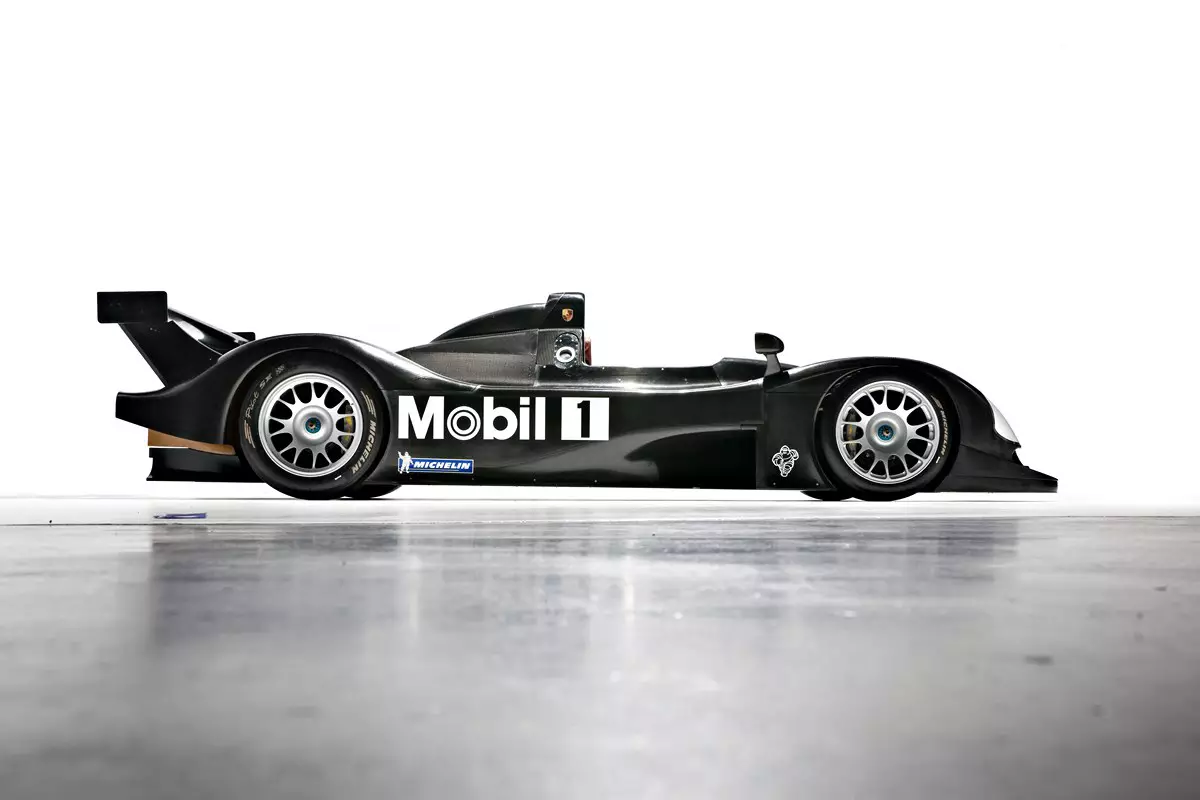
They weren't in time to participate in Le Mans that year, with the work on adapting the V10 to the 9R3 to be completed in May 1999. But, when the prototype was practically finished, another theatrical coup!
9R3 is definitely canceled
The program was canceled again. However, Porsche management allowed the completion of the Le Mans prototype, and even a short two-day test at the Porsche track in Weissach, with Bob Wollek and Allan McNish at the wheel, who ran into adverse conditions. Despite the test, to this day nobody knows what the true potential of the 9R3 was, and we will never know.
But why was 9R3 suddenly canceled when its development was so close to its end?
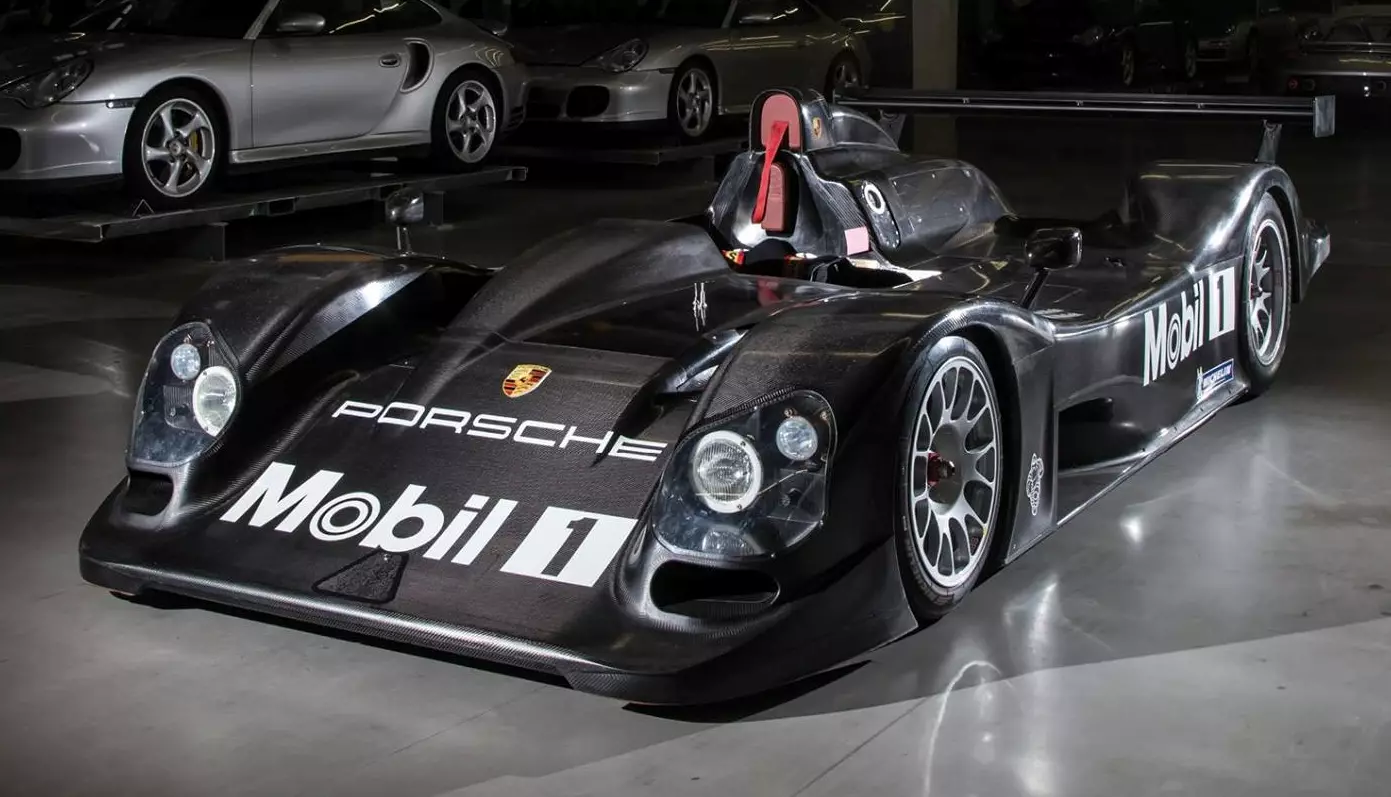
The main reason is called a Porsche Cayenne. Wendelin Wiedekin, CEO of Porsche, and the almighty Ferdinand Piech of Volkwagen and Audi agreed on the joint development of a new SUV, giving rise to the Cayenne and Touareg. But to do so, it was necessary to divert resources from other ongoing programs.
According to some sources, the agreement also prevented Porsche from participating in the top categories of endurance championships for a period of 10 years. Very intriguing, as the year 2000 marks the beginning of Audi's near-absolute dominance of Le Mans and endurance championships. A way for Ferdinand Piech to avoid potential competition?
Porsche would return to the top endurance category only in 2014 with the 919 Hybrid. It would win the 24 hours of Le Mans in 2015, 2016 and 2017. If the 9R3 had the capabilities to surpass the Audi R8? We'll never know, but we would all like to have seen the duel on the circuit.
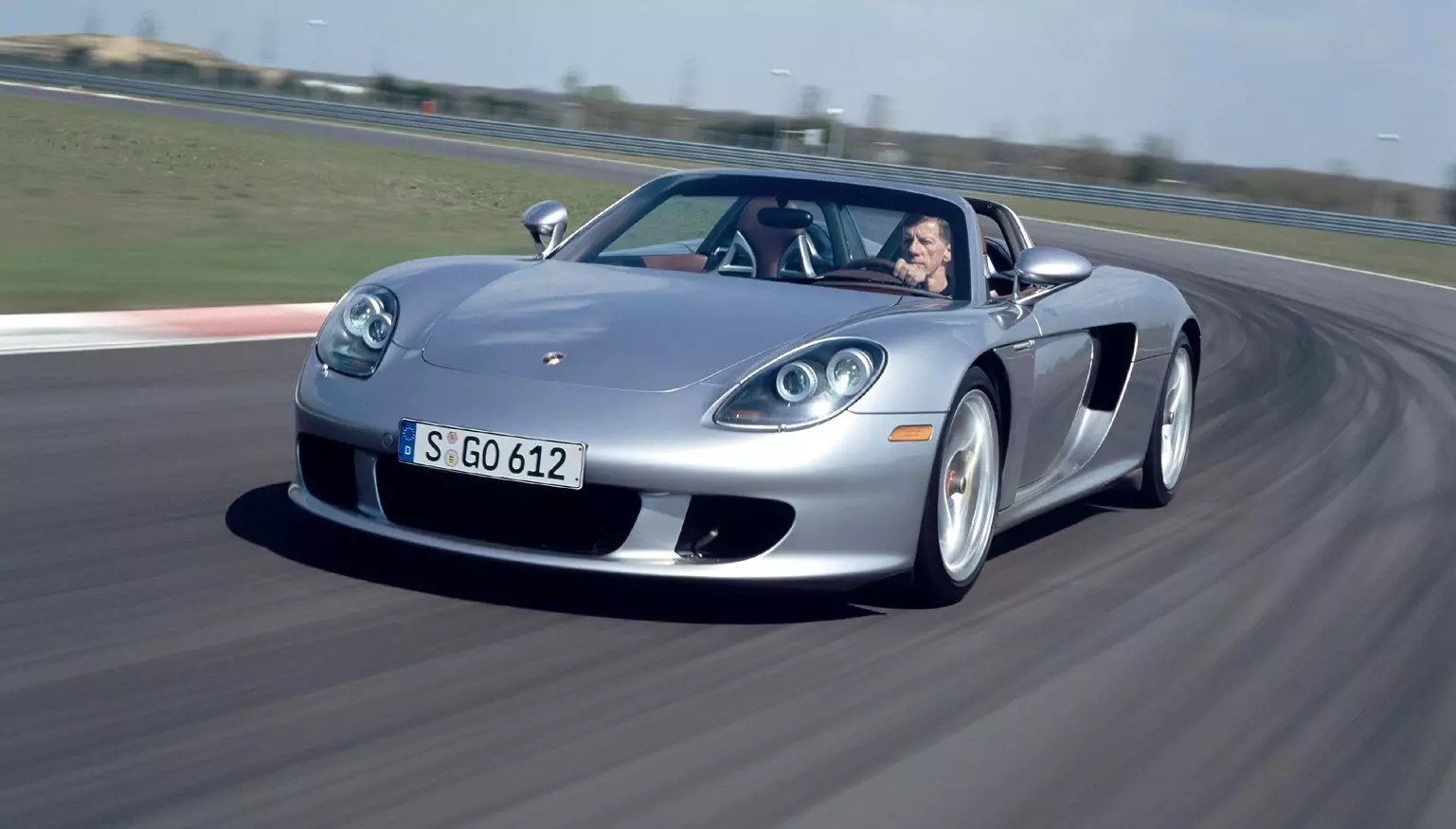
The end of 9R3 did not mean the end of V10
Not everything is bad. The meteoric success of the controversial Cayenne ushered in a whole new era of growth and prosperity at Porsche. It allowed the financing of a spectacular Carrera GT — launched in 2003 — having only needed to wait 11 years to find a decent receptacle for the electrifying V10.
It is estimated that the only existing prototype of the 9R3 remains complete and located in any Porsche warehouse. This no longer denies its existence, although there are no official statements about it.
In the future, Porsche may decide to publicly reveal it and make another episode of its rich history known.
Images: Racecar Engineering
